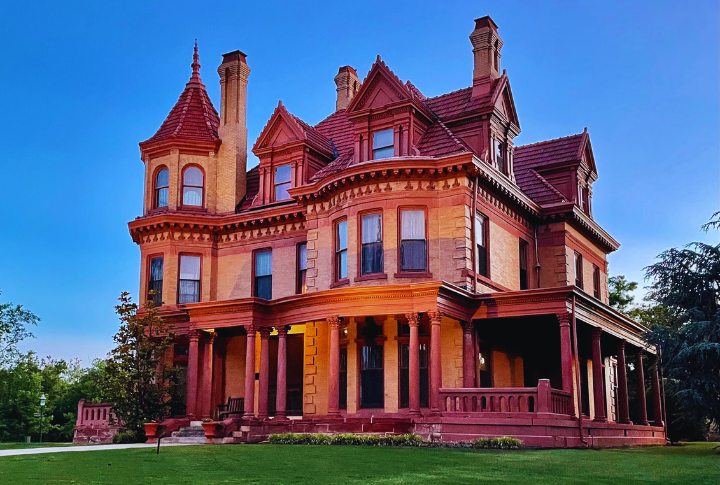
Ever wondered what stories the oldest houses in America could tell? These historic homes, scattered across every state, attest to our nation’s architectural evolution and historical milestones. Sounds interesting? Then join us on this journey as we uncover one of the most historic houses in each state, revealing interesting details and fascinating stories that bring the nation’s past to life.
Alabama: Joel Eddins House
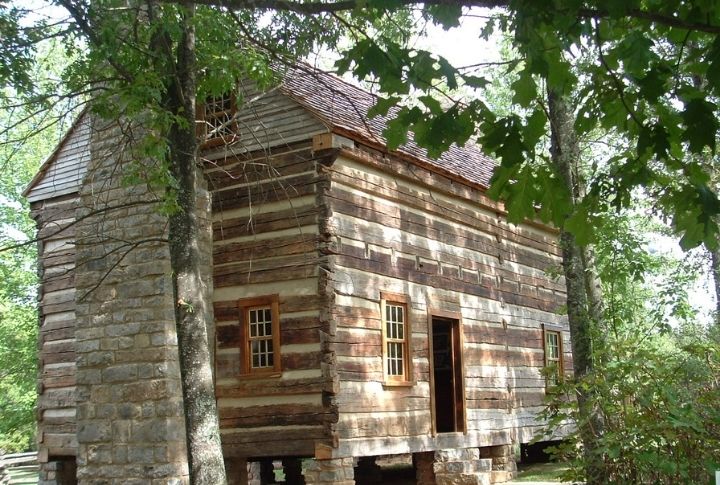
In the scenic countryside of Ardmore, Alabama, the Joel Eddins House stands as an example of early American frontier life. Constructed in 1810, it was crafted by Joel Eddins, a pioneer who sought a new life in Alabama. Made from hand-hewn logs and featuring a rustic stone chimney, the place exudes a charming simplicity. Visitors can explore the cabin and get a sense of the hardships and triumphs of the early settlers.
Alaska: Russian Bishop’s House
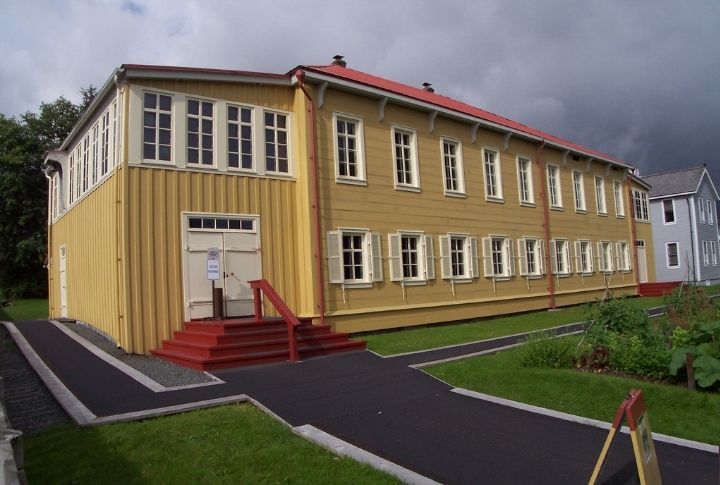
Constructed in 1842, this building served as the residence of Russian Orthodox Bishop Innocent. It is a fascinating relic of Alaska’s Russian past, complete with original furnishings and religious artifacts. The National Park Service has restored it to its former glory, and visitors can tour the building to learn about the lives of the Russian clergy and their efforts to spread Orthodox Christianity in Alaska.
Arizona: The Gonzales-Martinez House
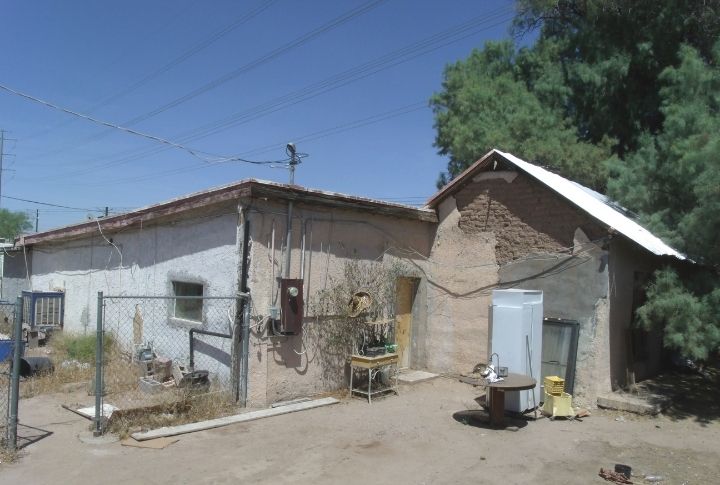
Tucson’s oldest residence, the Gonzales-Martinez House, harks back to the 1880s. This adobe structure highlights the Spanish Colonial style with its thick walls and shaded courtyards, designed to keep cool in the desert heat. Its owners, the Gonzales-Martinez family, who were prominent in Tucson’s history, lived here and contributed significantly to the community.
Arkansas: Hinderliter Grog Shop
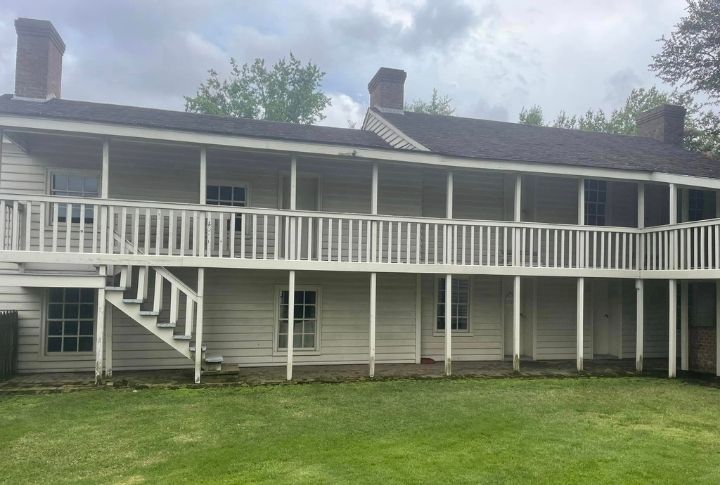
This one is more than just a house; it’s a piece of living history. Built in 1827, this log structure functioned as a tavern, providing food, drink, and lodging for early settlers and travelers. The Grog Shop has seen its fair share of historical events, from political meetings to social gatherings. A strategic location and lively atmosphere made it a hub of activity and gave visitors a chance to experience the frontier tavern.
California: The Cooper-Molera Adobe
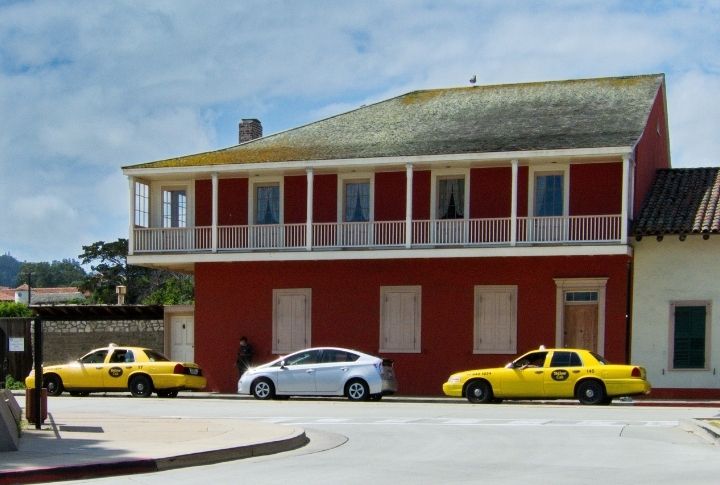
In Monterey, California, the Cooper-Molera Adobe takes you back to 1827. It was constructed by sea captain John Bautista Rogers Cooper and blends Mexican and American cultures from early California. The house is part of a larger complex with restored gardens, barns, and a historic adobe store. Visitors can tour the adobe’s period rooms, which are filled with original furnishings and artifacts.
Colorado: Four Mile House
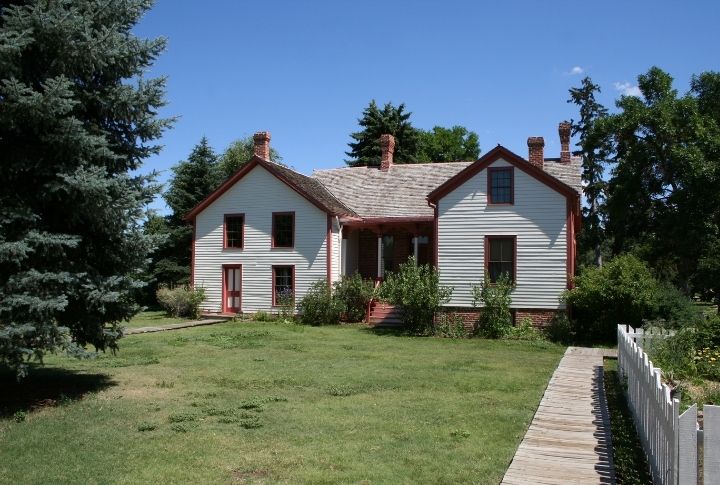
Due to its location just four miles from the city center, this farmhouse served as a stage stop for travelers in 1859. The Four Mile Historic Park, a 12-acre site that preserves Colorado’s pioneer heritage, includes the farmhouse, barns, and outbuildings, all filled with historical artifacts and exhibits. Among the park’s hands-on activities are butter churning and blacksmithing.
Connecticut: Henry Whitfield House
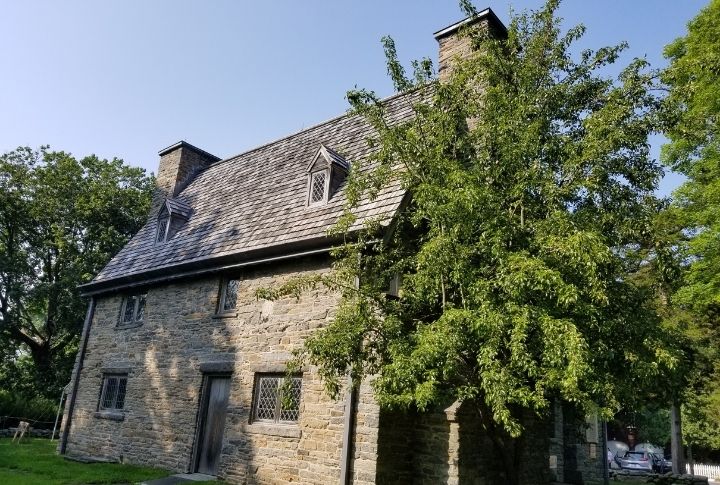
Originally built in 1639, the Henry Whitfield House is a sturdy stone reminder of Puritan living. Reverend Henry Whitfield built the iconic house, which also served as a fort during conflicts with Native American tribes. As the oldest stone house in New England, this residence now serves as a museum, with insights into the lives of Connecticut’s pioneering settlers.
Delaware: Ryves Holt House
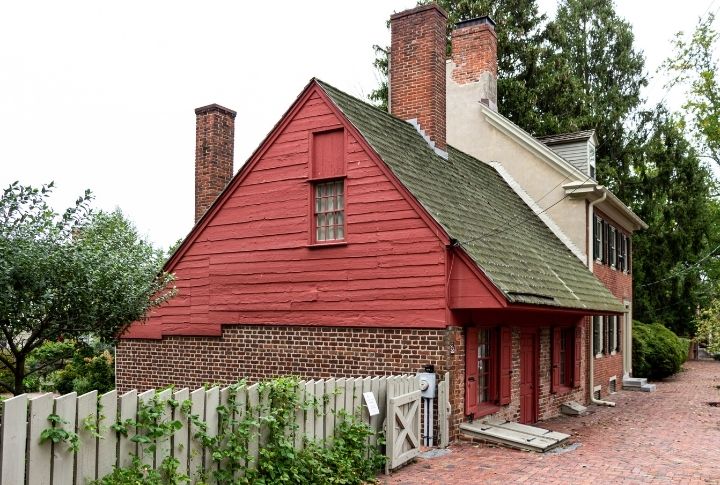
The Ryves Holt House dates back to 1665 and serves as an inn, witnessing centuries of history. It is a captivating example of early American architecture featuring a steeply pitched roof and small, diamond-paned windows. Highlighting the town’s role as a bustling port, it also features exhibits on maritime history.
Florida: González-Alvarez House
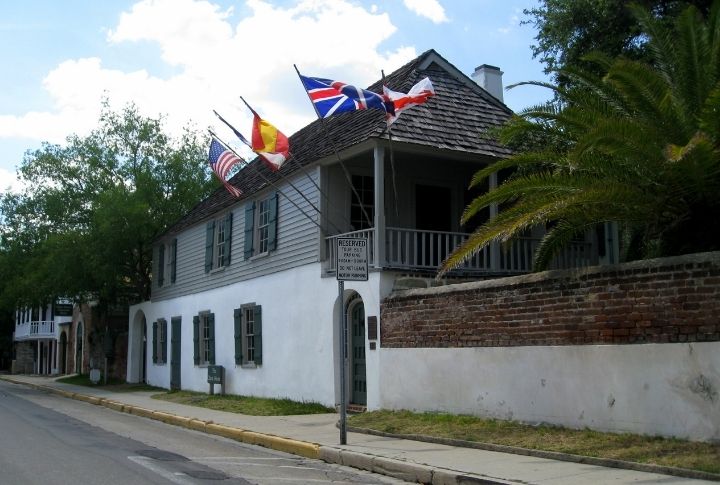
Also known as the “Oldest House,” it dates back to the early 1700s and is located in St. Augustine. It is a beautifully preserved example of Spanish colonial architecture, with its coquina walls and red-tiled roof. People can tour the house and its lush gardens, exploring rooms filled with period furnishings that reflect the diverse cultural heritage of St. Augustine.
Georgia: The Pirates’ House
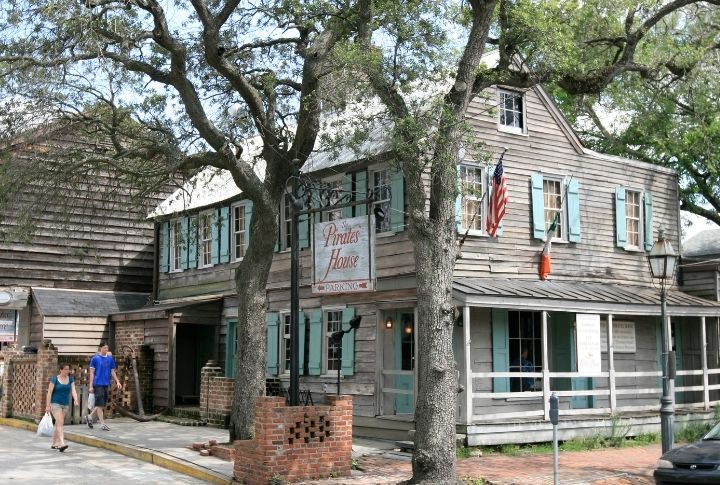
Since its opening in 1753, this venue became infamous among sailors and pirates, with legends of buried riches and supernatural encounters. The Pirates’ House is now a popular dining spot where you can enjoy a meal in a historic and somewhat eerie atmosphere. Displayed artifacts and exhibits tell the story of Savannah’s maritime history and its connections to the wider world.
Hawaii: The Oldest Frame House (Ka Hale Lāʻau)
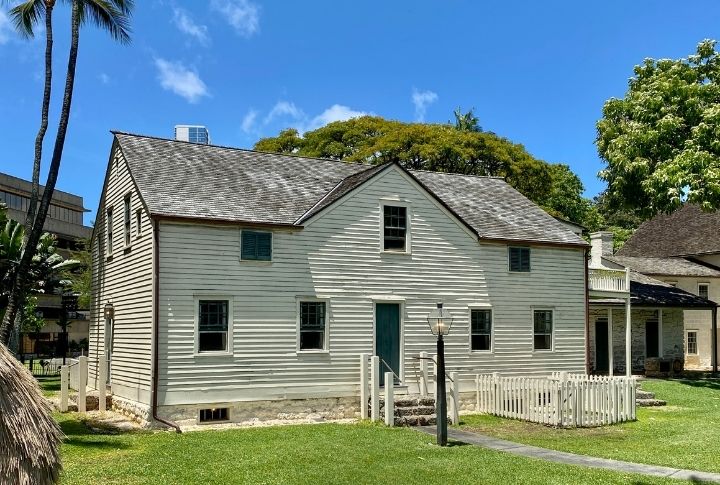
The Oldest Frame House, known as Ka Hale Lāʻau, is the oldest surviving Western-style structure in Hawaii, built in 1821. Originally constructed as a residence for the first company of New England Protestant missionaries sent to Hawaii, the house was built using pre-cut timbers shipped from Boston around Cape Horn aboard the brig Thaddeus in 1820.
Idaho: Cataldo Mission
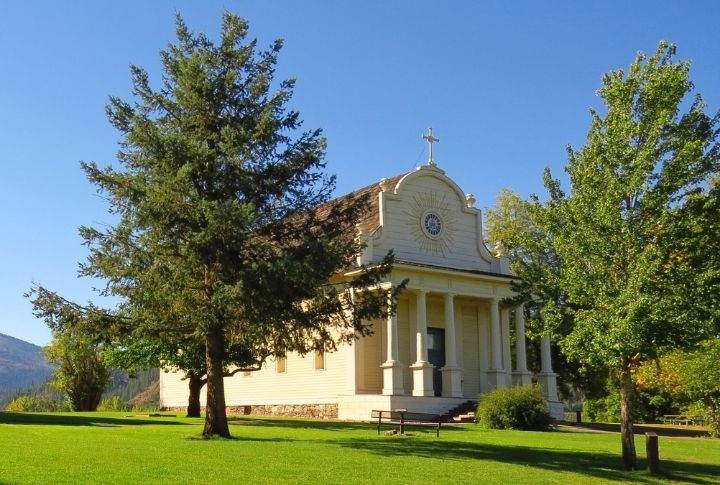
Jesuit missionaries and Native Americans constructed it in the early 1850s. This beautiful log church symbolizes the collaboration between different cultures. With intricate woodwork and a peaceful setting, it is a stunning example of early log construction. Here, you can also find exhibits on the history of the Jesuit missionaries.
Illinois: Cahokia Courthouse

This timber-framed building served as a center of government and commerce. The courthouse is a beautifully preserved example of French colonial architecture, with its steep roof and timber frame. It also offers insights into the daily lives of the people who lived and worked there after it was built in the 1740s.
Indiana: Grouseland

The residence of William Henry Harrison has existed since 1804 and is a prime example of early American architecture. This Federal-style mansion, home to the ninth U.S. president, provides insight into the life of a notable political leader. Visitors can tour the estate and its lovely gardens.
Iowa: Plum Grove
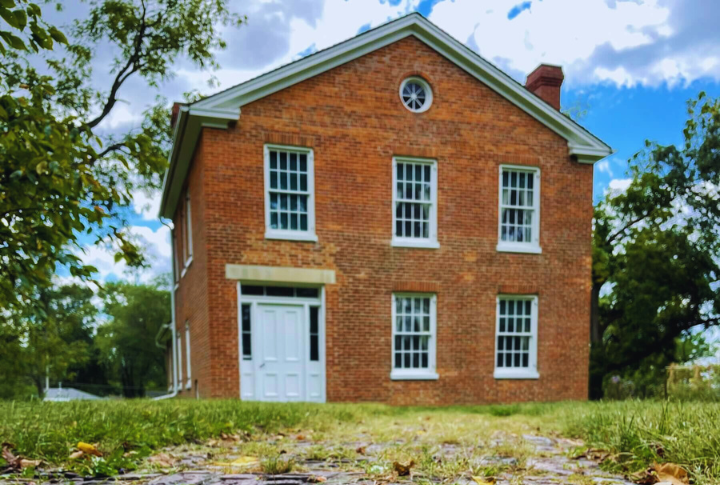
Iowa Territory’s first governor lived here. Inside, visitors can explore this 1844 building filled with period furnishings and artifacts that reflect the daily life of the Lucas family. Plum Grove also features exhibits on the history of Iowa and its early settlers.
Kansas: Ritchie House
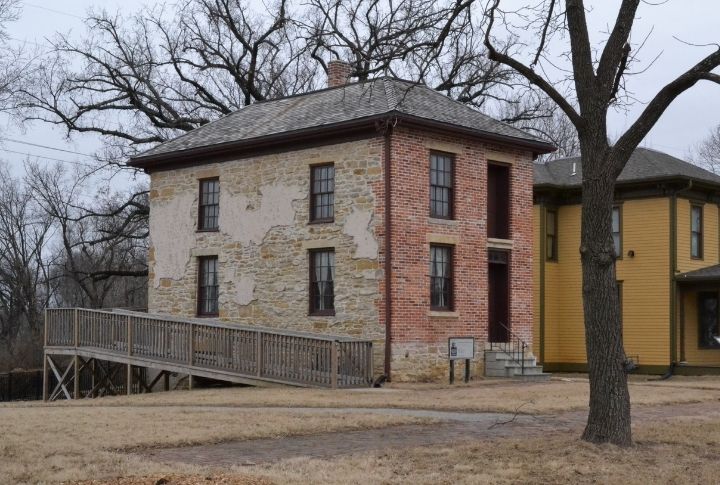
The 1856 Ritchie House, once home to abolitionists John and Mary Ritchie, was integral to the Underground Railroad, offering sanctuary to fleeing slaves. Its stone walls and understated elegance reflect early American architectural style. This house remains a powerful symbol of the courage and determination of those who fought for freedom and equality.
Kentucky: Liberty Hall
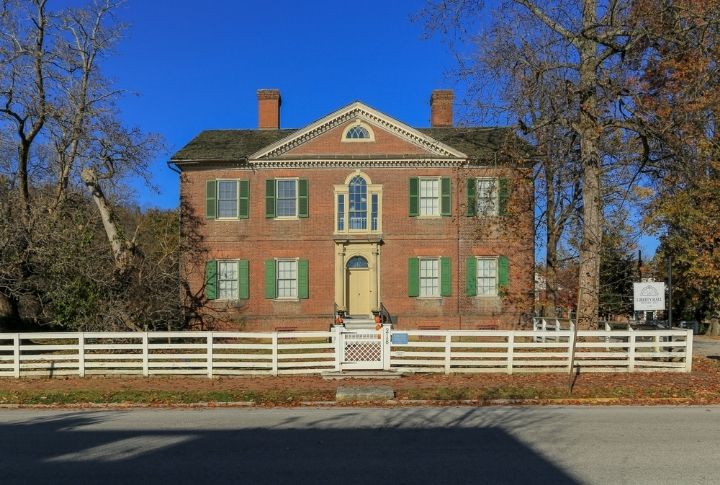
Known as one of the nation’s finest Federal-style mansions, this stunning residence was built from 1796 to 1800. It was Senator John Brown, a leading lawyer and politician crucial to Kentucky’s 1792 statehood, who commissioned the mansion. His goal was to capture the grandeur of the East Coast, a vision that he succeeded in bringing to life beautifully.
Louisiana: The Cabildo
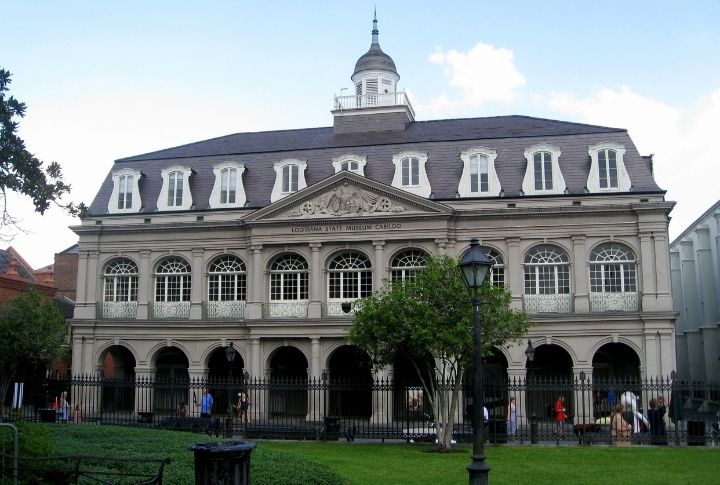
Constructed in 1795, it is one of New Orleans, Louisiana’s most significant historic buildings. Located in the heart of the French Quarter, this building served as the seat of colonial government for the Spanish and later the American administration after the Louisiana Purchase in 1803. The Cabildo stands alongside the St. Louis Cathedral and the Presbytère, creating a historic complex that is a must-visit for anyone.
Maine: Tate House
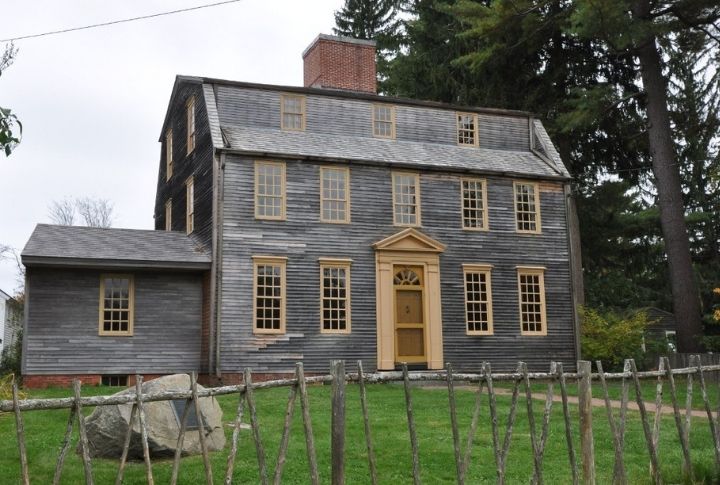
Captain George Tate, a mast agent for the British Royal Navy, built this place as his home in 1755. It has stunning Georgian architecture, with its elegant design and period furnishings. The Tate House also features exhibits on the history of the British Royal Navy and its role in the early history of Maine for a rich educational experience.
Maryland: Paca House
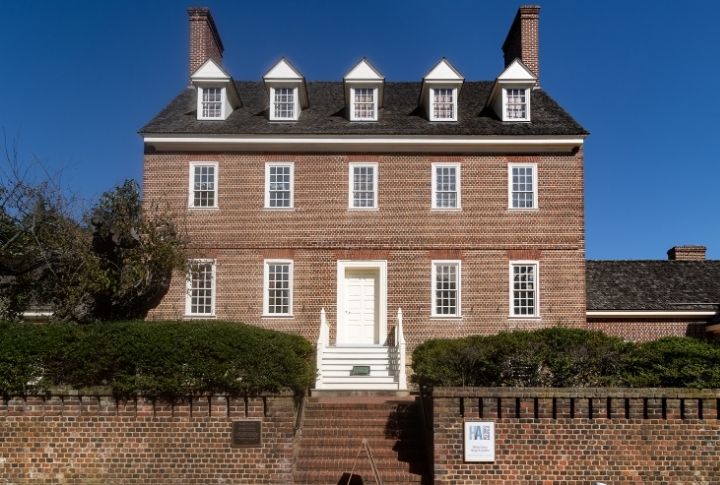
A Georgian mansion with stunning 18th-century architecture, the house is filled with period furnishings and artifacts reflecting early American life’s elegance and sophistication. People can tour the house, exploring rooms that tell the story of William Paca and his family. Paca House also offers insights into the political and social dynamics of the time. Guided tours of this 1765 building reveal fascinating stories about Paca’s life.
Massachusetts: Fairbanks House
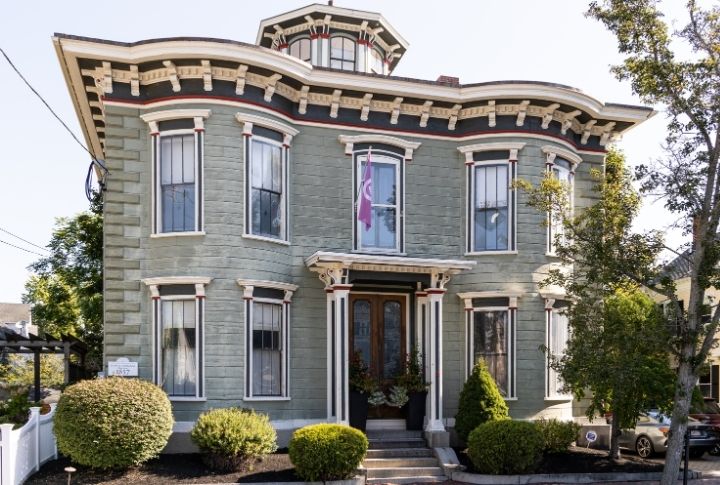
Located in Dedham, the 1637 Fairbanks House is the oldest timber-frame house in North America. The Fairbanks family continuously inhabited this historic home for eight generations. Walking through the Fairbanks House, visitors can sense the enduring legacy of one family and the pivotal moments in early American history that it witnessed.
Michigan: Walker Tavern
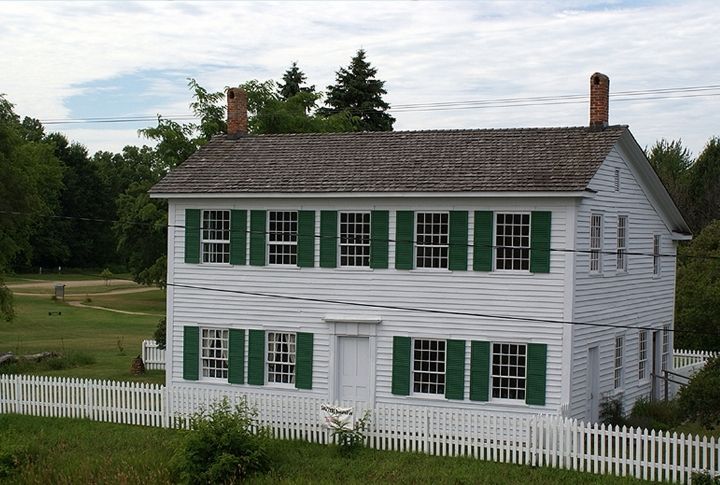
If you’ve ever wondered what it was like to travel in the 19th century, Walker Tavern in Cambridge Junction, Michigan, is your ticket back in time. In the early 1830s, this former stagecoach stop was a bustling hub for weary travelers and lively locals alike. Walker Tavern wasn’t just a place to rest your head; it was a center of community life, where news was exchanged, and deals were struck.
Minnesota: Sibley House
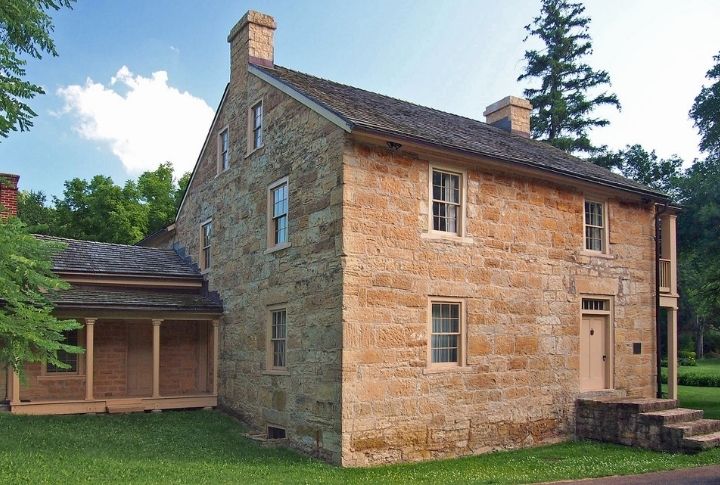
Step into the world of early Minnesota at the Sibley House in Mendota, built in 1836 by Henry Hastings Sibley, the state’s first governor. This limestone house represents the strength of Minnesota’s early settlers—a portal to the past. The residence is filled with original furnishings and artifacts that tell the story of Sibley’s life and his pivotal role in Minnesota’s statehood.
Mississippi: LaPointe-Krebs House

The LaPointe-Krebs House in Pascagoula is the oldest standing structure in the state, dating back to 1757. The French Colonial house has witnessed centuries of change and remains a captivating piece of Gulf Coast history. It also features exhibits on the early French settlers and their interconnections with the Native American tribes.
Missouri: Louis Bolduc House

In the quaint town of Ste. Genevieve, Missouri, this house offers a glimpse into French colonial life. This 1790s house is a prime example of poteaux-sur-sol (posts-on-sill) construction, a technique used by French settlers. The Louis Bolduc House is a living museum filled with old furnishings and artifacts that tell the story of the Bolduc family and their contributions to the community.
Montana: The Moss Mansion
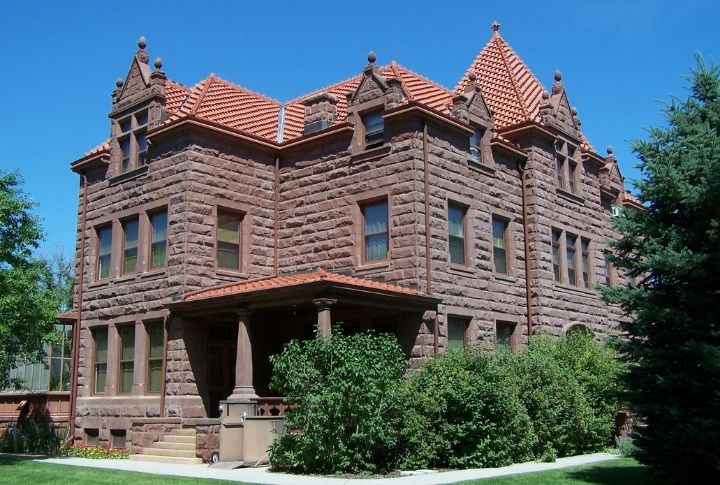
Preston Boyd Moss, a successful businessman, commissioned the construction of the mansion in 1903. It remained in the Moss family until 1985, when it was donated to the Billings Preservation Society. The Richardson Romanesque style, characterized by its heavy stone construction, round-arched windows, and towers, was popular for public buildings and wealthy homes in the late 19th century.
Nebraska: Mayhew Cabin
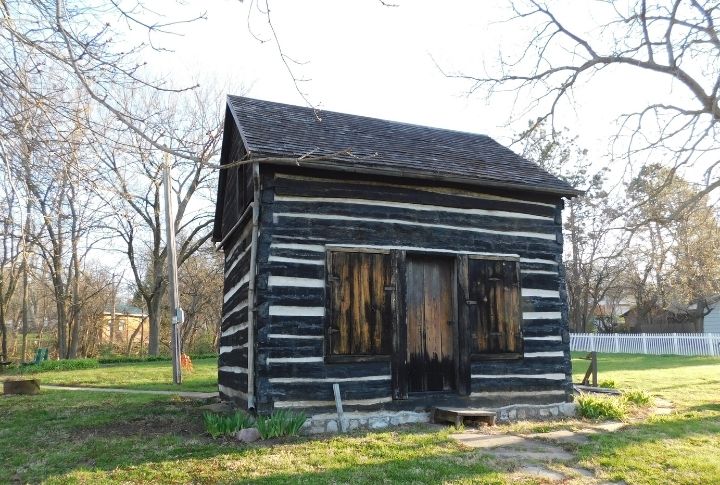
Journey to the edge of the frontier at the Mayhew Cabin in Nebraska City. Put up in 1855, this log cabin played a major part in the Underground Railroad, offering shelter to escaped slaves seeking freedom. You can explore the cabin and its hidden tunnels. It also features exhibits on the history of the Underground Railroad and the broader abolitionist movement.
Nevada: Bowers Mansion

Lemuel “Sandy” Bowers and his wife, Eilley, erected this grand home in 1863, which showcases the wealth and extravagance of Nevada’s mining boom. The mansion is filled with period furnishings and artifacts that reflect the lavish lifestyle of the Bowers family. Anyone can tour the beautifully restored rooms and learn about the rise and fall of the Bowers’ fortunes.
New Hampshire: The Wentworth-Coolidge Mansion
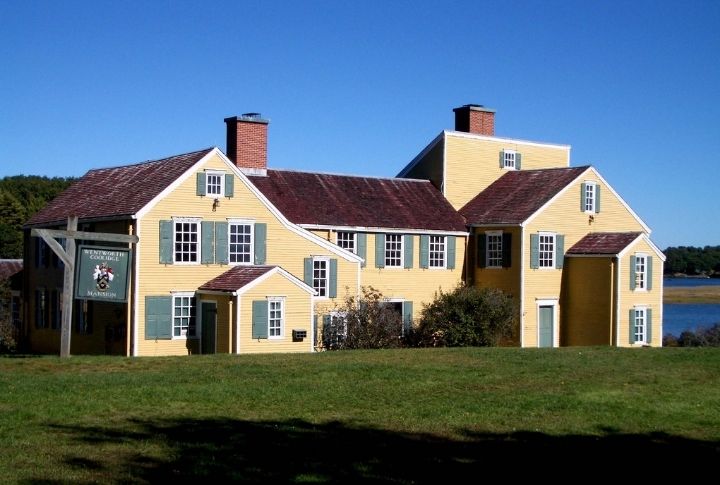
This 1750s building served as the home of Benning Wentworth, New Hampshire’s first royal governor. This 40-room clapboard residence is one of the few royal governors’ residences to survive almost unchanged and is now a New Hampshire state park. After the Wentworth family, the property was owned by the Cushing family, who began showing the old mansion to the public in the 1840s, one of America’s first historic houses open to visitors.
New Jersey: The Dey Mansion
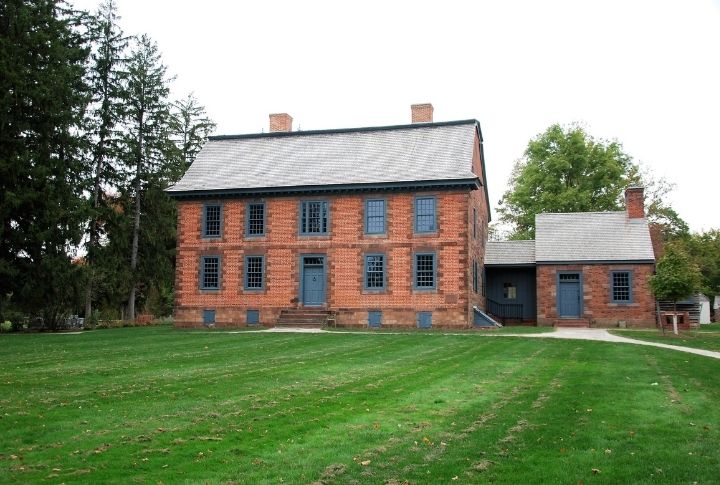
Here, George Washington and his officers planned military strategies during a critical period of the war. The mansion’s strategic location made it an ideal site for military operations, and it hosted several important meetings with key military leaders. Put up in 1770 in the traditional Georgian style, it is characterized by its symmetrical design, brick façade, and elegant proportions. Its interior features period furnishings and decor that reflect the lifestyle of the 18th-century elite.
New Mexico: The Palace of the Governors
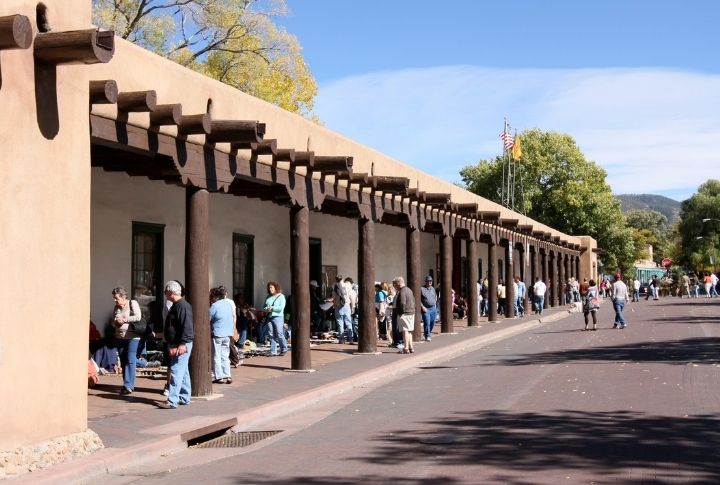
The Palace of the Governors is the continuously occupied building for the longest period in the United States, dating back to 1610. Originally built as a seat of government for Spanish colonists, this adobe structure has served various roles throughout its history, including as a military headquarters and a trading post. Featuring a distinctive portal, this long, narrow design is now a hub where local artisans showcase and sell their crafts.
New York: The Van Cortlandt House Museum
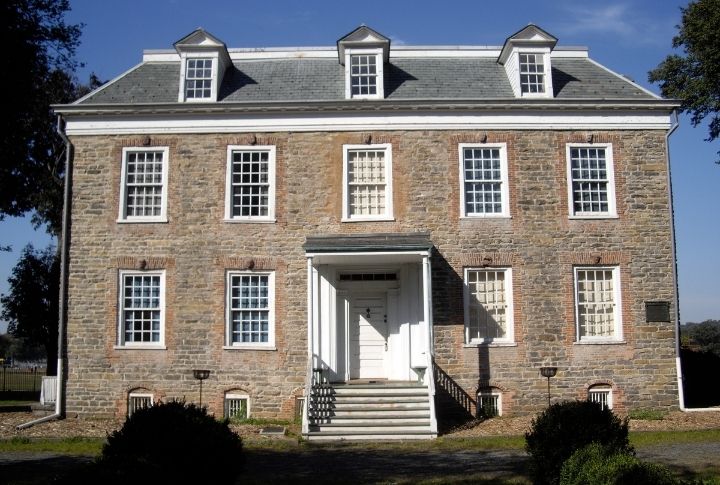
In the Bronx, the Van Cortlandt House Museum, built in 1748 by Frederick Van Cortlandt, is the oldest house in the area. This Georgian-style mansion was the home of the Van Cortlandt family and also served as a military headquarters during the American Revolution. The museum features rooms restored to their original splendor, complete with period furnishings and artifacts.
North Carolina: The Biltmore Estate
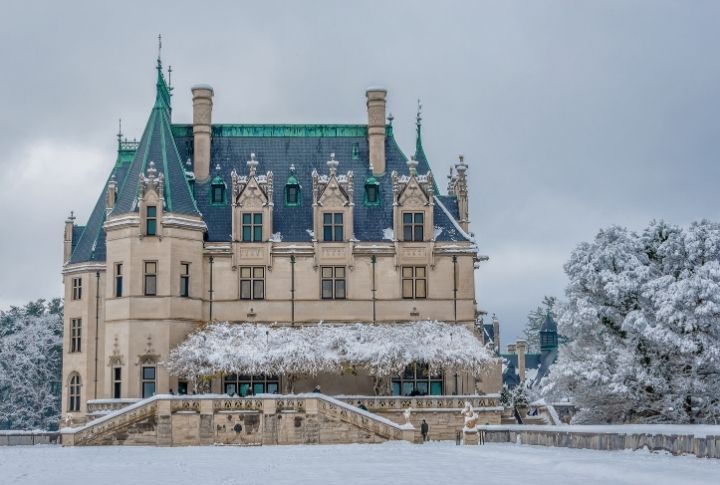
As the biggest privately owned residence in the United States, it was erected by George Washington Vanderbilt II in 1895. A design of the popular architect Richard Morris Hunt, the Biltmore House is a stunning example of Châteauesque architecture inspired by the grand châteaux of France. Today, the Biltmore Estate is a National Historic Landmark and a major tourist attraction, drawing approximately 1.4 million visitors each year.
North Dakota: The Bonanzaville USA
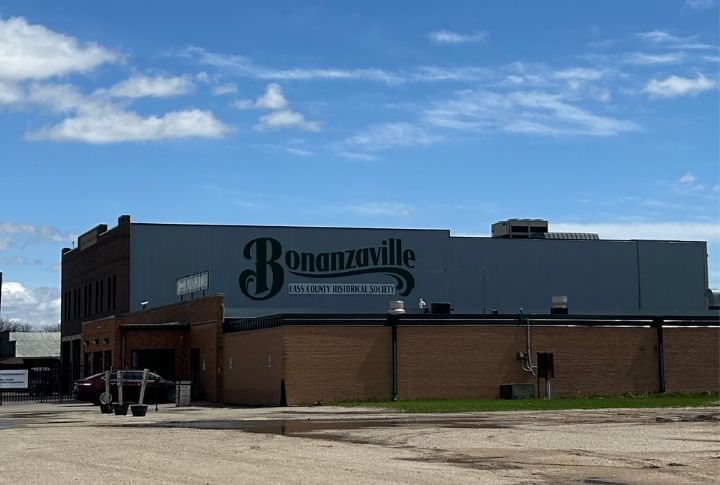
West Fargo, Bonanzaville, USA, is a historic village with over 40 historic buildings, including the Hector Airport Hangar, which dates back to the 1870s. The living history museum showcases the pioneer spirit of North Dakota and offers insights into the lives of early settlers. These buildings, including a church, schoolhouse, and general store, have been restored and provide a glimpse into the daily life of North Dakotans in the late 19th century.
Ohio: The William Howard Taft National Historic Site

Did you know that this was the childhood home of William Howard Taft, 27th President of the United States? His father, Alphonso Taft, a prominent lawyer and political figure, purchased the home in 1851. Set up in 1842, this Italianate-style house reflects the architectural trends of the mid-19th century. It is a two-story Greek Revival structure characterized by its symmetrical façade and classic columns.
Oklahoma: The Henry Overholser Mansion

This Victorian mansion, completed in 1903 for Henry Overholser, an influential early resident, is a striking example of the architectural style. Featuring detailed woodwork, stained glass windows, and elegant furnishings, the home shows the grandeur of the early 20th century. As a museum, it offers guided tours that explore the Overholser family’s way of life and the burgeoning history of Oklahoma City.
Oregon: The Pittock Mansion
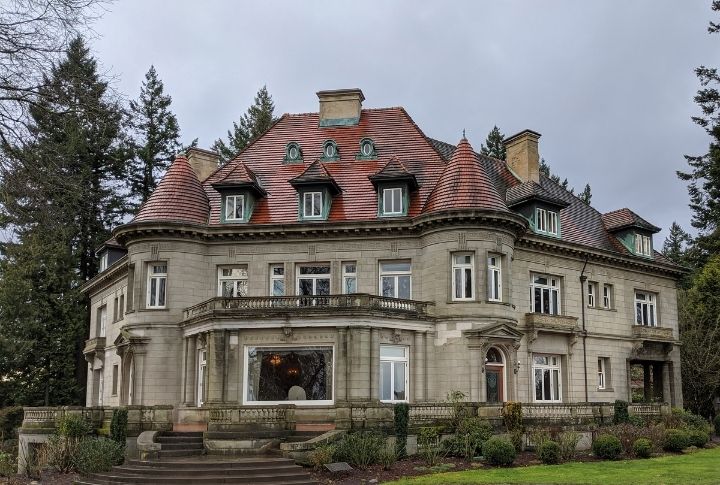
Perched in the West Hills of Portland, the Pittock Mansion was built in 1914 for newspaper magnate Henry Pittock and his wife, Georgiana. This French Renaissance-style home has 46 rooms and stunning views of Mount Hood. Inside, visitors can admire original furnishings and artwork that showcase the Pittocks’ affluence and prominence in early 20th-century Portland.
Pennsylvania: The John Harris-Simon Cameron Mansion
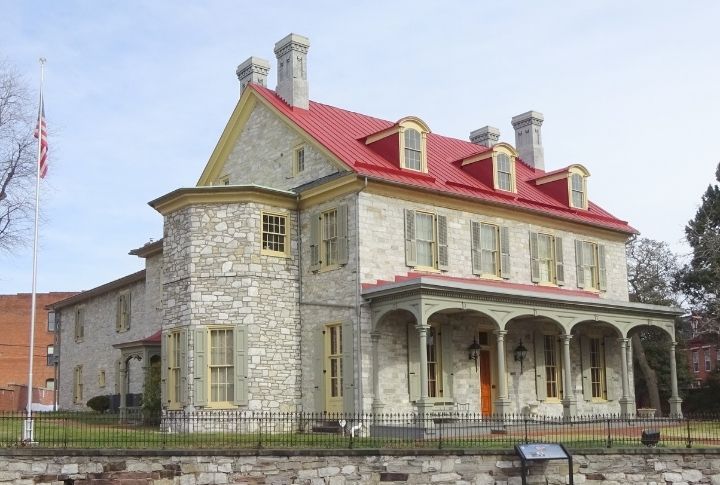
After being put up in 1766, this place became home to John Harris, the founder of Harrisburg, and later, Simon Cameron, a prominent politician. During Simon Cameron’s tenure, the mansion was a hub of political activity. Guided tours delve into fascinating anecdotes about these historical events, such as how Cameron’s controversial tenure influenced the Civil War. Its basement hides a secret: a tunnel rumored to be part of the Underground Railroad.
Rhode Island: The John Brown House
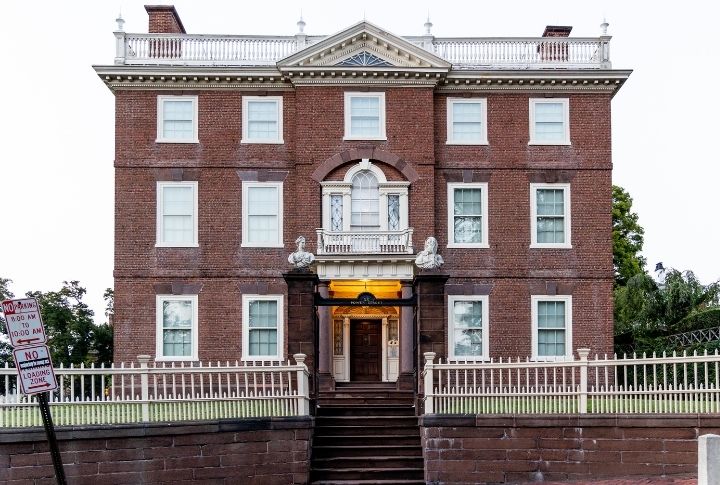
Home to one of Rhode Island’s wealthiest merchants, this stunning Georgian architecture was completed in 1788. The house features intricate woodwork, elegant furnishings, and a grand staircase showcasing the Brown family’s affluence. It served as a social hub in the late 18th century and is now a museum that offers tours, allowing people to explore the beautifully preserved rooms and learn about the family’s contributions to Rhode Island’s history.
South Carolina: The Aiken-Rhett House

The Aiken-Rhett House in Charleston is a well-preserved example of antebellum architecture, built in 1820 for wealthy merchant John Aiken. It features a unique combination of Federal and Greek Revival styles, with its grand façade and spacious interiors. The place has remained largely unchanged since the 19th century.
South Dakota: The Minuteman Missile National Historic Site

In the heart of the South Dakota plains lies the Minuteman Missile National Historic Site, an important part of the Cold War era established in 1961. On-site are two former Minuteman missile silos and the launch control facility. The Minuteman missile system was a critical component of the United States’ nuclear deterrent strategy, and the site provides a glimpse into the tense geopolitical climate of the time.
Tennessee: The Hermitage
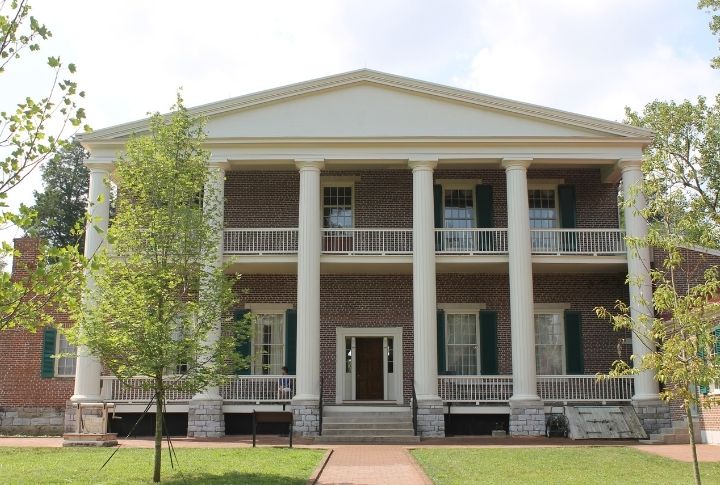
Previously, it was home to Andrew Jackson, the seventh President of the United States. Following its construction in 1835, this plantation house has since been quite famous. The estate features a museum that showcases Jackson’s life, including his controversial role in American history, particularly regarding Native American policies. Here, you can also find the tomb of Jackson and his wife, Rachel.
Texas: The Alamo
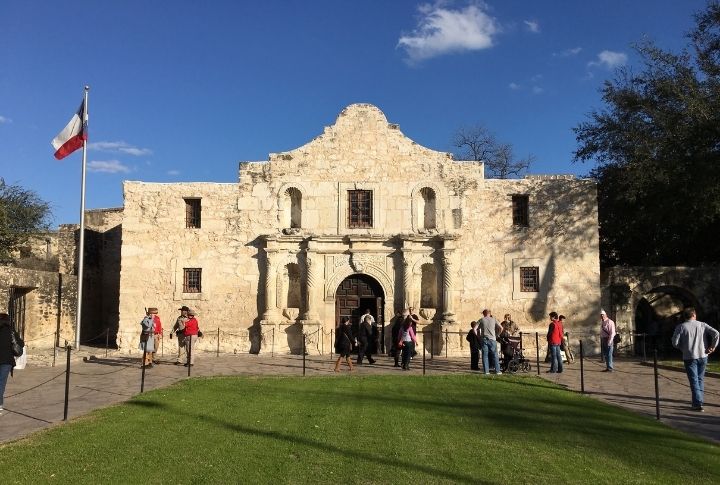
The Alamo is a historic mission and the site of an important battle in the Texas Revolution. Originally established in the early 18th century, it became famous for the 1836 siege where a small group of Texan defenders, including Davy Crockett and James Bowie, fought against the Mexican army. It symbolizes Texan independence and resilience, and today, it stands as a museum and memorial.
Utah: The Beehive House
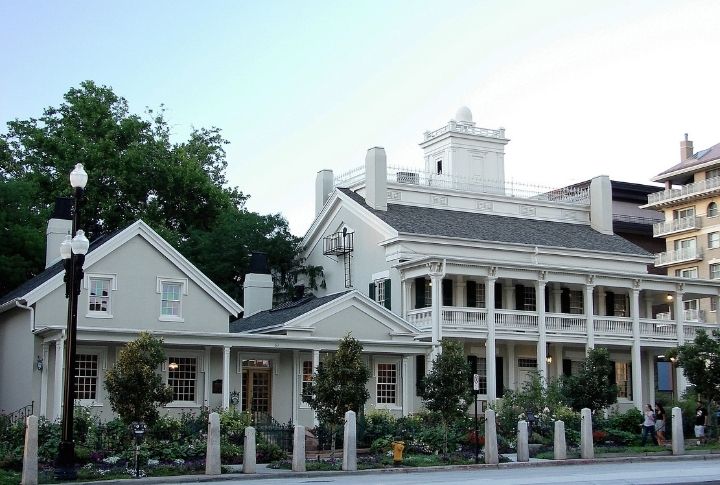
In Salt Lake City, the Beehive House is a historic home built in 1854 for Brigham Young, one of the presidents of The Church of Jesus Christ of Latter-day Saints. Named for the beehive symbol, it represents industry and cooperation and served as both Young’s residence and a meeting place for church leaders. The architecture reflects the early pioneer spirit, with adobe construction and a distinctive beehive-shaped roof.
Vermont: The Hildene
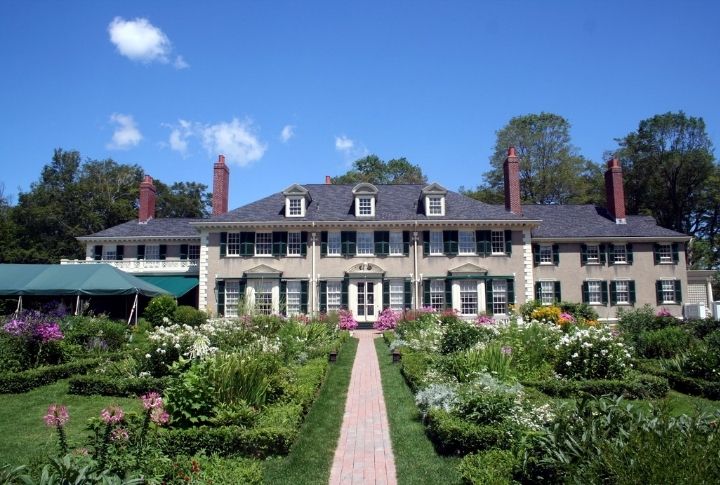
Opened in 1905, this Georgian Revival mansion overlooks the Green Mountains and reflects the family’s wealth and status. It was home to the former home of Robert Todd Lincoln, the only son of President Abraham Lincoln to survive into adulthood. Hildene is notable for its beautiful gardens and the historic Pullman car, “Sunbeam,” which is part of the estate.
Virginia: The Monticello
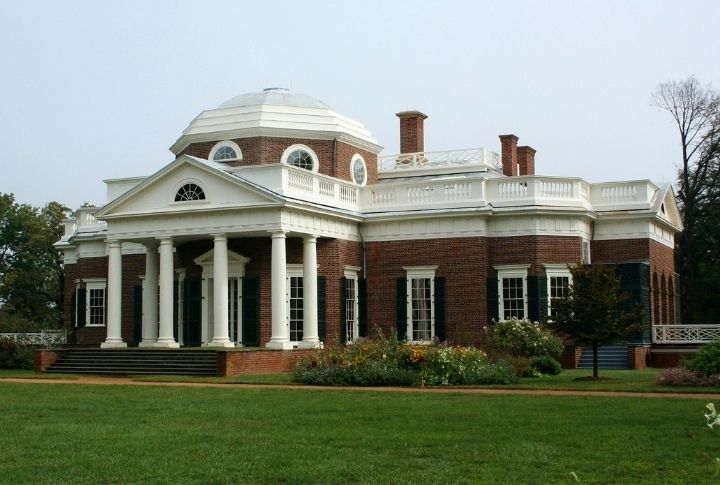
A masterpiece of neoclassical architecture, Monticello is the iconic plantation home of Thomas Jefferson and a UNESCO World Heritage Site. The mansion, built between 1768 and 1809, reflects Jefferson’s commitment to innovation, democracy, and education. Its rooms are filled with artifacts and documents that reveal Jefferson’s diverse passions, from architecture and horticulture to politics.
Washington: Fort Nisqually Granary

In Tacoma, Fort Nisqually Granary stands as a remarkable relic of the Pacific Northwest’s early history. Set up in 1843, this granary is the oldest building in Washington state, originally serving as a vital storage facility for the Hudson’s Bay Company’s Fort Nisqually. What makes Fort Nisqually Granary particularly fascinating is its pivotal role in the region’s fur trade era.
West Virginia: The Blennerhassett Island Historical State Park
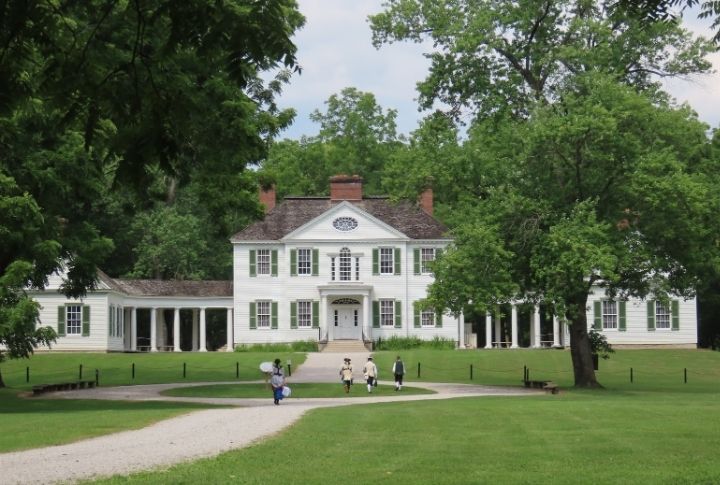
Blennerhassett Island is home to this mansion built in 1799 by an Irish immigrant, Harman Blennerhassett. It reflects the Federal architectural style and was a center of social and political activity in the early 19th century. The island is also associated with the infamous Aaron Burr conspiracy, as Blennerhassett became embroiled in Burr’s plans for Western expansion.
Wisconsin: The Pabst Mansion
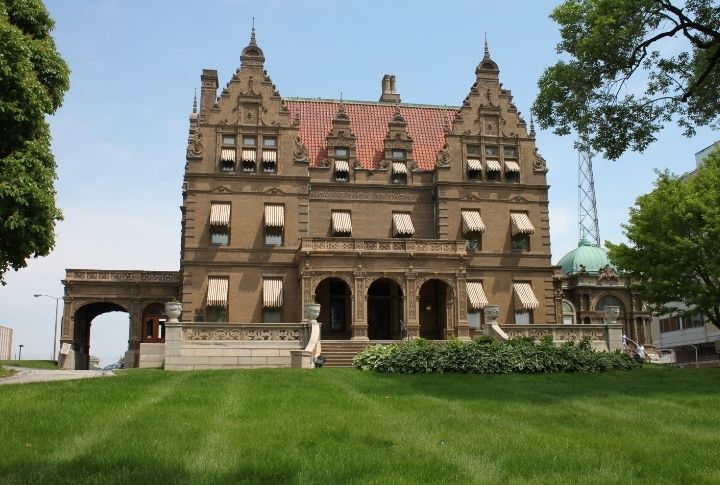
This grand residence was constructed in 1892 for Frederick Pabst, the founder of the Pabst Brewing Company. It is a reflection of the wealth and influence of the brewing industry during the late 19th century. After his death, the mansion remained in the family for several decades but eventually fell into disrepair. In the 1970s, a group of concerned citizens formed the Pabst Mansion Foundation to restore and preserve the property.
Wyoming: The Wyoming Territorial Prison State Historic Site
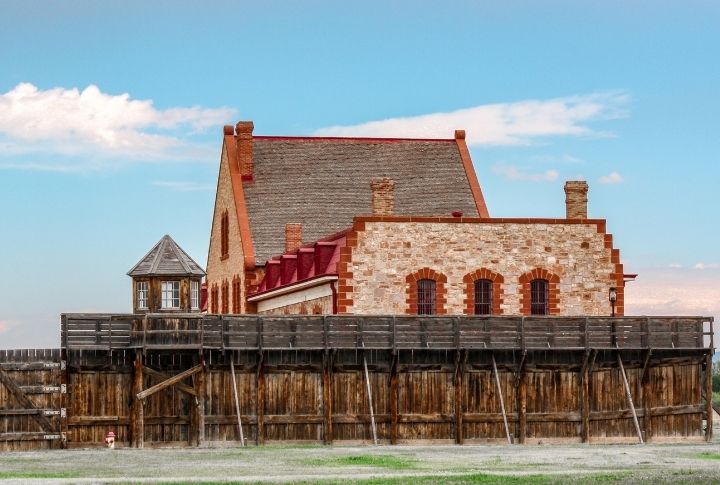
Located in Laramie, this imposing sandstone structure originally served as a federal penitentiary and later became Wyoming’s first state prison. Constructed to address the growing need for a correctional facility in the Wyoming Territory, the prison opened its doors in early 1873. It quickly gained notoriety for housing some of the West’s most infamous criminals, including the notorious outlaw Butch Cassidy, who was incarcerated here from 1894 to 1896.

